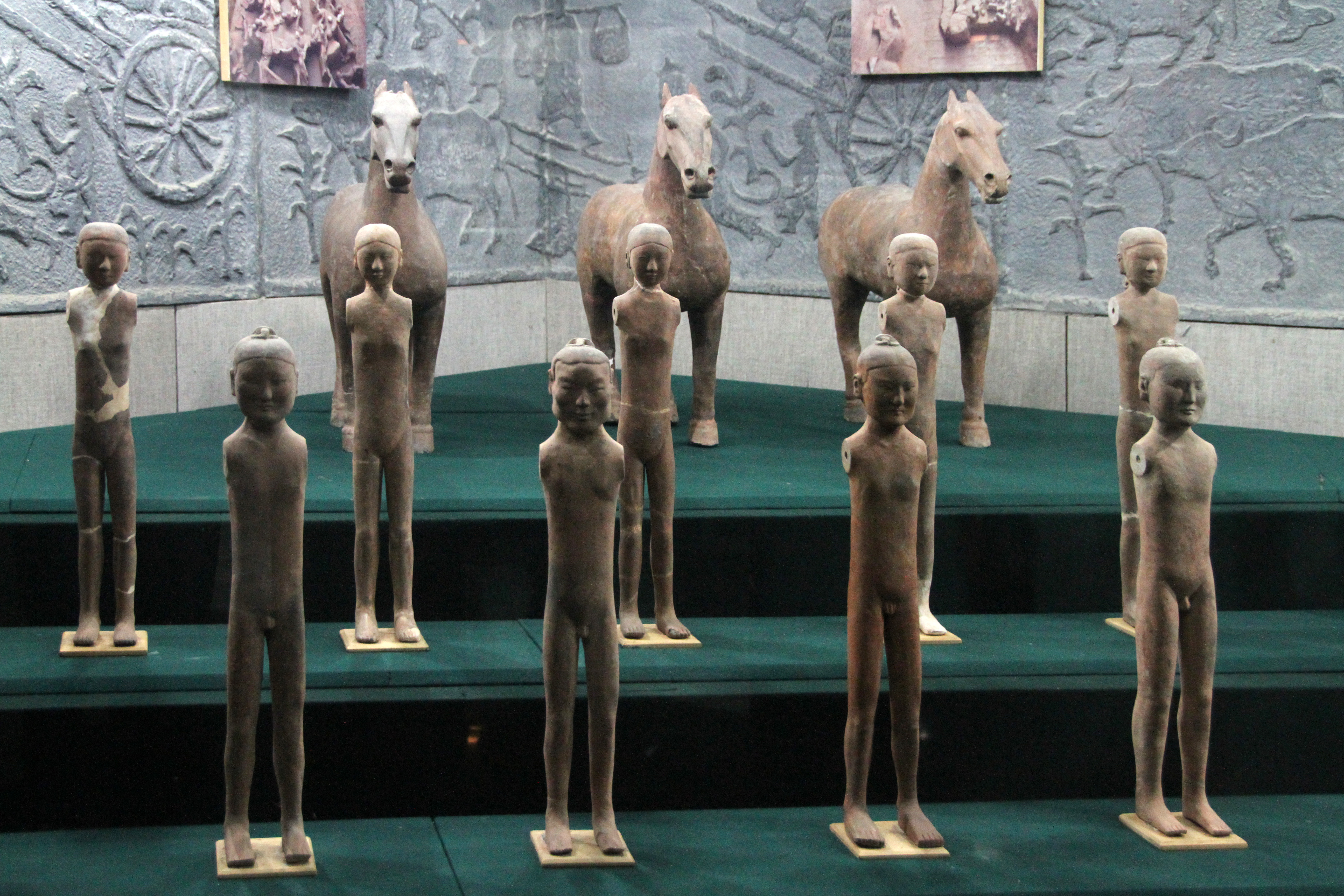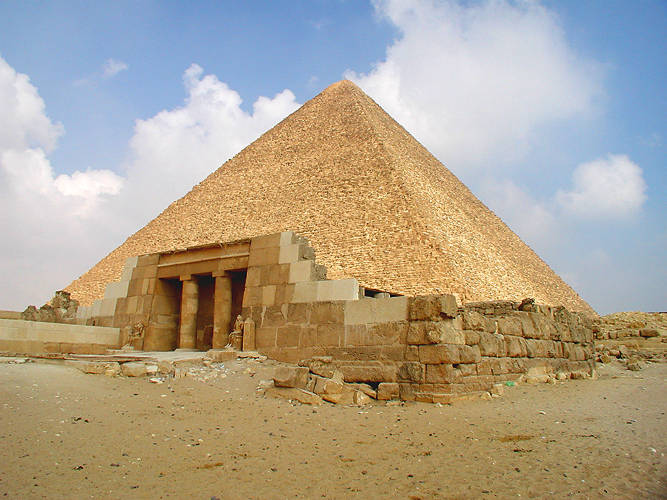|
Liu Mai
Liu Mai (, ''Liú Mǎi''), posthumous name, posthumously named Prince Gong of Liang (, ''Liáng Gōngwàng''), was a prince of the Han dynasty. He was the eldest son and heir of Liu Wu, prince of Liang. He did not receive all of his father's inheritance; instead, his uncle the emperor Emperor Jing of Han, Jing divided the Liang (Han dynasty kingdom), realm of Liang into five pieces. Liu Mai ruled his part of Liang from 144–137 BC. He was succeeded by his son, Liu Xiang, prince of Liang, Liu Xiang.Vankeerberghen, Griet. ''The Huainanzi and Liu An's Claim to Moral Authority''p. 151 SUNY Press (New York), 2001. Accessed 30 November 2013. References Prince of Liang {{China-royal-stub ... [...More Info...] [...Related Items...] OR: [Wikipedia] [Google] [Baidu] |
Tomb Of King Gong Of Liang State 2
A tomb ( ''tumbos'') or sepulchre () is a :wikt:repository, repository for the remains of the dead. It is generally any structurally enclosed interment space or burial chamber, of varying sizes. Placing a corpse into a tomb can be called ''immurement'', although this word mainly means entombing people alive, and is a method of Disposal of human corpses, final disposition, as an alternative to cremation or burial. Overview The word is used in a broad sense to encompass a number of such types of places of interment or, occasionally, grave (burial), burial, including: * Shrine, Architectural shrines – in Christianity, an architectural shrine above a saint's first grave (burial), place of burial, as opposed to a similar shrine on which stands a reliquary or feretory into which the saint's remains have been transferred * Burial vault (tomb), Burial vault – a stone or brick-lined underground space for multiple burials, originally vault (architecture), vaulted, often priva ... [...More Info...] [...Related Items...] OR: [Wikipedia] [Google] [Baidu] |
Posthumous Name
A posthumous name is an honorary Personal name, name given mainly to revered dead people in East Asian cultural sphere, East Asian culture. It is predominantly used in Asian countries such as China, Korea, Vietnam, Japan, Malaysia and Thailand. Reflecting on the person's accomplishments or reputation, the title is assigned after death and essentially replaces the name used during life. Although most posthumous names are given to royalty, some posthumous names are given to honour significant people without hereditary titles, such as courtiers or General officer, military generals. To create a posthumous name, one or more adjectives are inserted before the deceased's title. The name of the state or domain of the owner may be added to avoid ambiguity. History Origins Early mythological rulers such as Emperor Yao were known to have posthumous names. Archaeology, Archaeological discoveries have shown that the titles of kings as far back as the Zhou dynasty (1046 to 256 BC) are po ... [...More Info...] [...Related Items...] OR: [Wikipedia] [Google] [Baidu] |
Prince Of The Han Dynasty
After Liu Bang defeated Xiang Yu and proclaimed himself emperor of the Han dynasty, he followed the practice of Xiang Yu and enfeoffed many generals, noblemen, and imperial relatives as kings (), the same title borne by the sovereigns of the Shang and Zhou dynasties and by the rulers of the Warring States. Each king had his own semi-autonomous kingdom. This was a departure from the policy of the Qin dynasty, which divided China into commanderies governed by non-hereditary governors. The kings were divided into two groups: ''yìxìng wáng'', literally "kings of different surnames", and ''tóngxìng wáng'', literally "kings of the same surname", i.e., the imperial surname Liu. All of the initial kings were ''yixing wang'', with many ''tongxing wang'' being created on former territories of removed ''yixing wang''. The ''yixing wang'' represented an obvious threat to the Han empire, and Liu Bang and his successors suppressed them as quickly as was practical: they had disappeared ... [...More Info...] [...Related Items...] OR: [Wikipedia] [Google] [Baidu] |
Liu Wu, Prince Of Liang
Liu Wu (刘武) ( - May 144 BC), posthumously named Prince Xiao of Liang, was a Han prince. He was a son of Emperor Wen and Empress Xiaowen, and a younger brother of Emperor Jing. He played a prominent role in the suppression of the Rebellion of the Seven Princes. He was also responsible for the assassination of the minister Yuan Ang.Sima Qian. ''Records of the Grand Historian'' in ang Xiuliang 'Shiji Cidian'' p. 698. Shandong Jiaoyu Chubanshe (Jinan), 1991 in Theobald, Ulrich. ''China Knowledge''. "Persons in Chinese HistoryLiang Xiaowang Liu Wu . 2011. Accessed 29 November 2013. Ban Biao & al. ''Book of Han'' in ang Xiuliang 'Hanshu Cidian'' p. 946. Shandong Jiaoyu Chubanshe (Jinan), 1991 in Theobald, Ulrich. ''China Knowledge''. "Persons in Chinese HistoryLiang Xiaowang Liu Wu . 2011. Accessed 29 November 2013. Life Liu Wu was initially created prince of Dai () in 178 BC. In 176, he became prince of Huaiyang () instead and his brother Liu Can () ... [...More Info...] [...Related Items...] OR: [Wikipedia] [Google] [Baidu] |
Emperor Jing Of Han
Emperor Jing of Han (188 BC – 9 March 141 BC), born Liu Qi, was the sixth Emperor of China, emperor of the Han dynasty from 157 to 141 BC. His reign saw the limiting of the power of the feudal kings and princes which resulted in the Rebellion of the Seven States in 154 BC. Emperor Jing managed to crush the revolt and princes were thereafter denied rights to appoint ministers for their fiefs. This move helped to consolidate central power which paved the way for the long reign of his son Emperor Wu of Han. Emperor Jing had a complicated personality. He continued his father Emperor Wen of Han, Emperor Wen's policy of general non-interference with the people, reduced tax and other burdens, and promoted government thrift. He continued and magnified his father's policy of reduction in criminal sentences. His light governance of the people was due to the Taoist influences of his mother, Empress Dou (Wen), Empress Dou. Still, during his reign he arrested and imprisoned Zhou Yafu, and ... [...More Info...] [...Related Items...] OR: [Wikipedia] [Google] [Baidu] |
Liang (Han Dynasty Kingdom)
Liang () was a kingdom/principality in the Chinese Han dynasty. Its territories was located within the modern Henan, Anhui and Shandong provinces. History Shortly before the establishment of the Han dynasty, the Qin-era Dang Commandery (碭郡) was granted to Peng Yue by Liu Bang as the Kingdom of Liang, named after the synonymous kingdom of the Warring States period. Six years later, Peng was executed on a fabricated treason charge, and the kingdom was granted to Liu Hui (劉恢), a son of Liu Bang. Dong Commandery was then added to Liang's territory. In the seventh year of Empress Dowager Lü's reign, Hui was moved to Zhao, where he committed suicide soon after. The kingdom was granted to Lü Chan (呂產), a nephew of the empress dowager. In this period, Liang was briefly renamed Lü. During the Lü Clan Disturbance, Lü Chan was killed, and the kingdom's two component commanderies was restored. Emperor Wen granted Liang to his fourth son Liu Yi (劉揖) in the second year ... [...More Info...] [...Related Items...] OR: [Wikipedia] [Google] [Baidu] |
Liu Xiang, Prince Of Liang
Liu Xiang (), posthumously named Prince Ping of Liang (), was a prince of the Han dynasty. He was the son and heir of Liu Mai, and a grandson of Liu Wu, who sided with the imperial court during the Rebellion of the Seven States. Liu Xiang ruled Liang in 137–97 BC.Vankeerberghen, Griet. ''The Huainanzi and Liu An's Claim to Moral Authority''p. 151 SUNY Press (New York), 2001. Accessed 30 November 2013. References Prince of Liang {{China-royal-stub ... [...More Info...] [...Related Items...] OR: [Wikipedia] [Google] [Baidu] |
Tomb Of King Gong Of Liang State 4
A tomb ( ''tumbos'') or sepulchre () is a repository for the remains of the dead. It is generally any structurally enclosed interment space or burial chamber, of varying sizes. Placing a corpse into a tomb can be called ''immurement'', although this word mainly means entombing people alive, and is a method of final disposition, as an alternative to cremation or burial. Overview The word is used in a broad sense to encompass a number of such types of places of interment or, occasionally, burial, including: * Architectural shrines – in Christianity, an architectural shrine above a saint's first place of burial, as opposed to a similar shrine on which stands a reliquary or feretory into which the saint's remains have been transferred * Burial vault – a stone or brick-lined underground space for multiple burials, originally vaulted, often privately owned for specific family groups; usually beneath a religious building such as a * Church * Cemetery * Churchyard * Cat ... [...More Info...] [...Related Items...] OR: [Wikipedia] [Google] [Baidu] |





